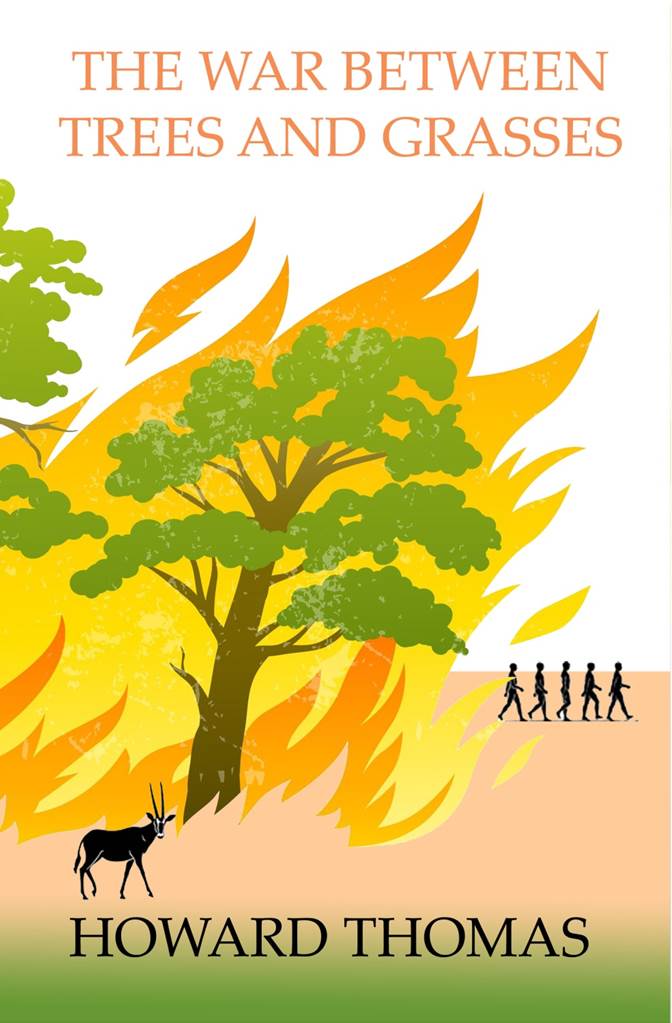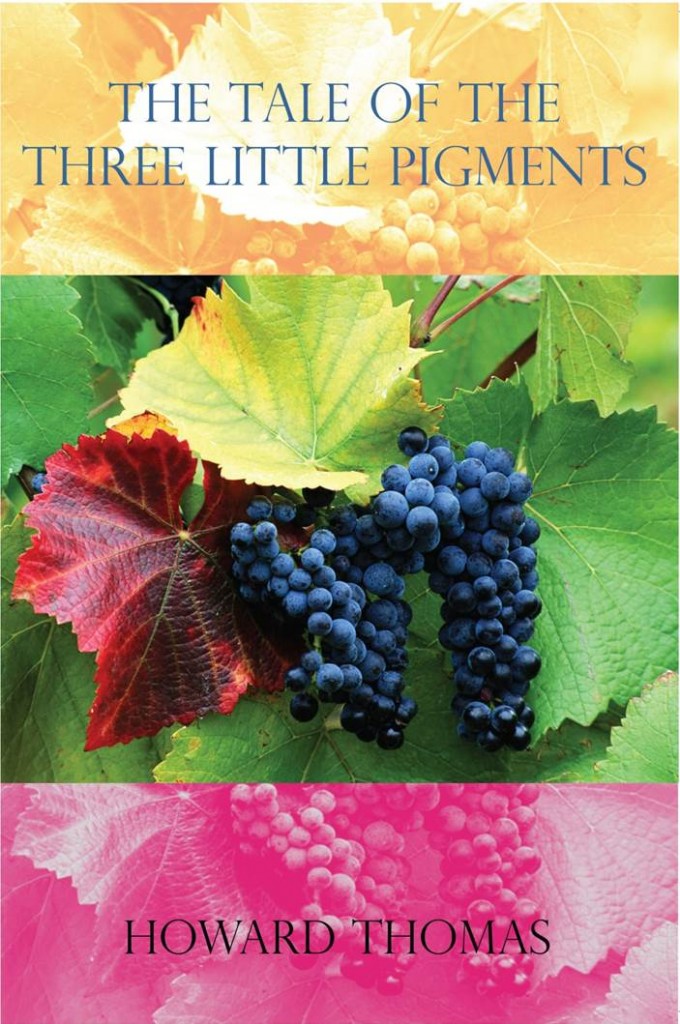From: The Tale of the Three Little Pigments
The purple compulsion
The mad desire for purple. With these words, Pliny the Elder recognised the spell that the colour has cast from the earliest period of human history (perhaps as far back as 1750 BCE). There’s something about purple that invokes the most extreme behaviour in individuals and populations. Clothe a Roman Emperor in Tyrian purple and, crazed with power, he ‘bestride(s) the narrow world/ Like a Colossus’. At the other end of history, the era of modern dyes began in 1856 with Perkins’s mauve, the aniline derivative that became all the rage in the fashionable world of mid-century London. For much of history the ‘mad lust’ for purple could not be satisfied by shellfish of the genera Murex and Thais that yield the imperial pigment, nor by the chemistry that conjured dyestuffs from coal tar. Isaac Newton described the purplish colours at the end of the spectrum as indigo and violet. In its day indigo dye, from leguminous plants of the genus Indigofera, and the Brassicaceous woad plant Isatis, was second in value only to Tyrian purple. By an extraordinary twist of evolutionary fate, indigo and imperial purpurea are nitrogenous compounds that differ in molecular structure only by the latter’s inclusion of two additional bromine atoms. Lichens are another biological source of purplish dyes. The blue-red acidity indicator litmus, familiar from school science labs, is an example. The traditional cloaks, variously described as red, mauve or blue, worn by the women of Fishguard in Wales as they repulsed an attempted French invasion in 1797 are said to have been dyed with the litmus-like lichen pigment orchil.
According to Friedrich Nietzsche ‘in individuals, insanity is rare; but in groups, parties, nations and epochs, it is the rule’. An extreme example of purple-fuelled irrationality was the tulip mania that engulfed the Netherlands in the 17th century. Tulip flowers owe their colours to anthocyanins, comprising rutosides of pelargonidin, delphinidin and cyanidin and their acetyl derivatives. Charles MacKay’s famous 1852 Memoirs of Extraordinary Popular Delusions and the Madness of Crowds placed tulip mania firmly up there with the South Sea Bubble as an archetype of ludicrous herd behaviour. It forms the background to The Black Tulip, the novel by Alexandre Dumas (1850), which captures the febrile atmosphere of the period through harrowing accounts of the lynching in 1672 of the de Witt brothers by a baying mob, the obsessive quest of Cornelius van Baerle to win the prize for breeding the flower of the novel’s title, and the malicious madness of his jealous rival Isaac Boxtel. Dumas gives a rather clear description of the plant breeding strategy that would lead to what the tulip world considered to be ‘as chimerical as the black swan of Horace or the white raven of French tradition’. Life ultimately imitates art: after years of crossing and selecting progressively darker and darker purple lines, the Dutch grower Geert Hageman produced the variety ‘Paul Scherer’ in 1997, the nearest thing to a black tulip yet.
In 1759 Samuel Johnson wrote ‘The business of a poet is to examine, not the individual, but the species; to remark general properties and large appearances: he does not number the streaks of the tulip’. It takes a brave person to disagree with the good doctor; but in this case, I venture he is mistaken and has overlooked the deep insights into human obsessions and follies to be gained by considering tulip flowers and ‘the plum history of the color purple‘.


